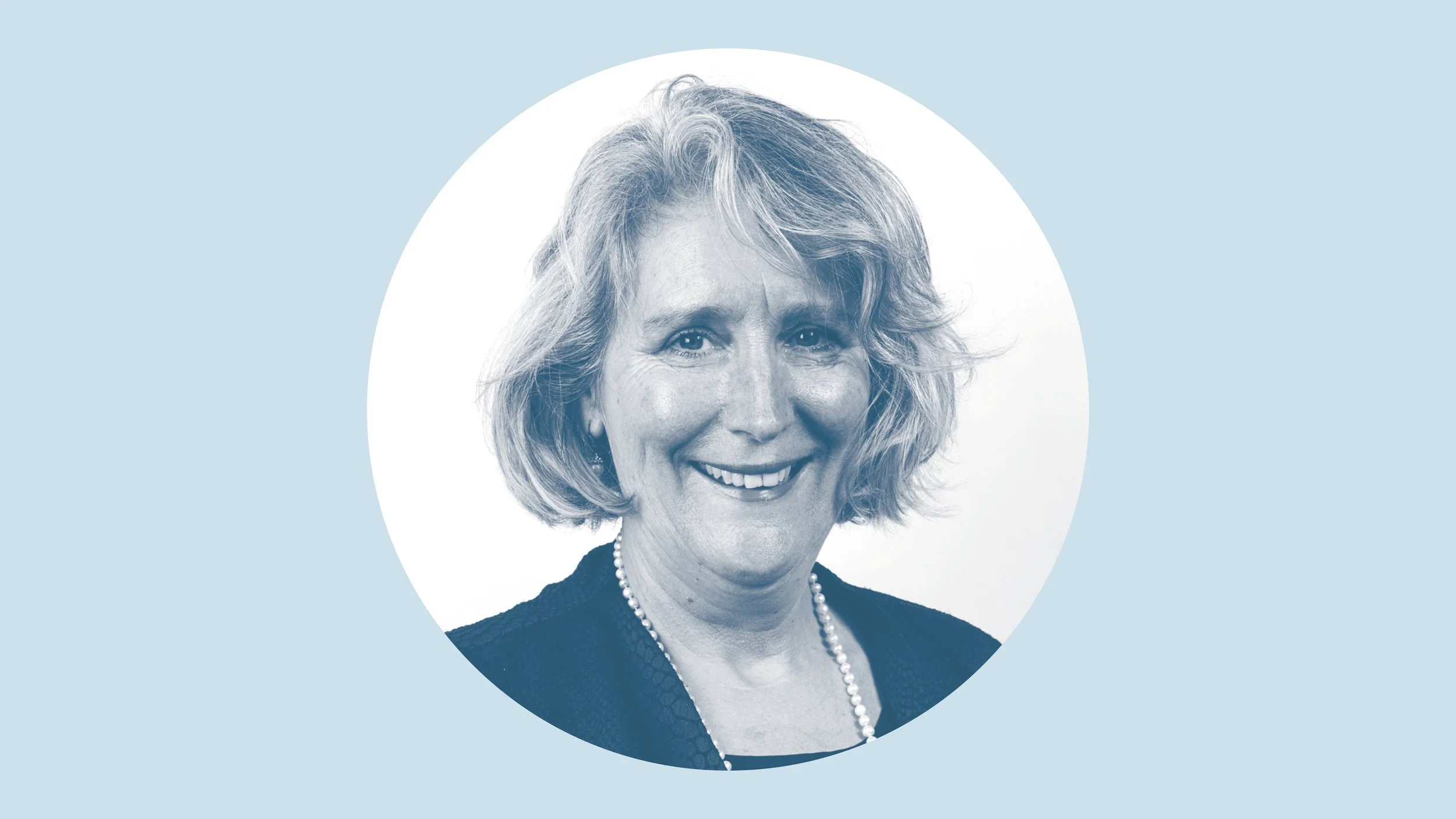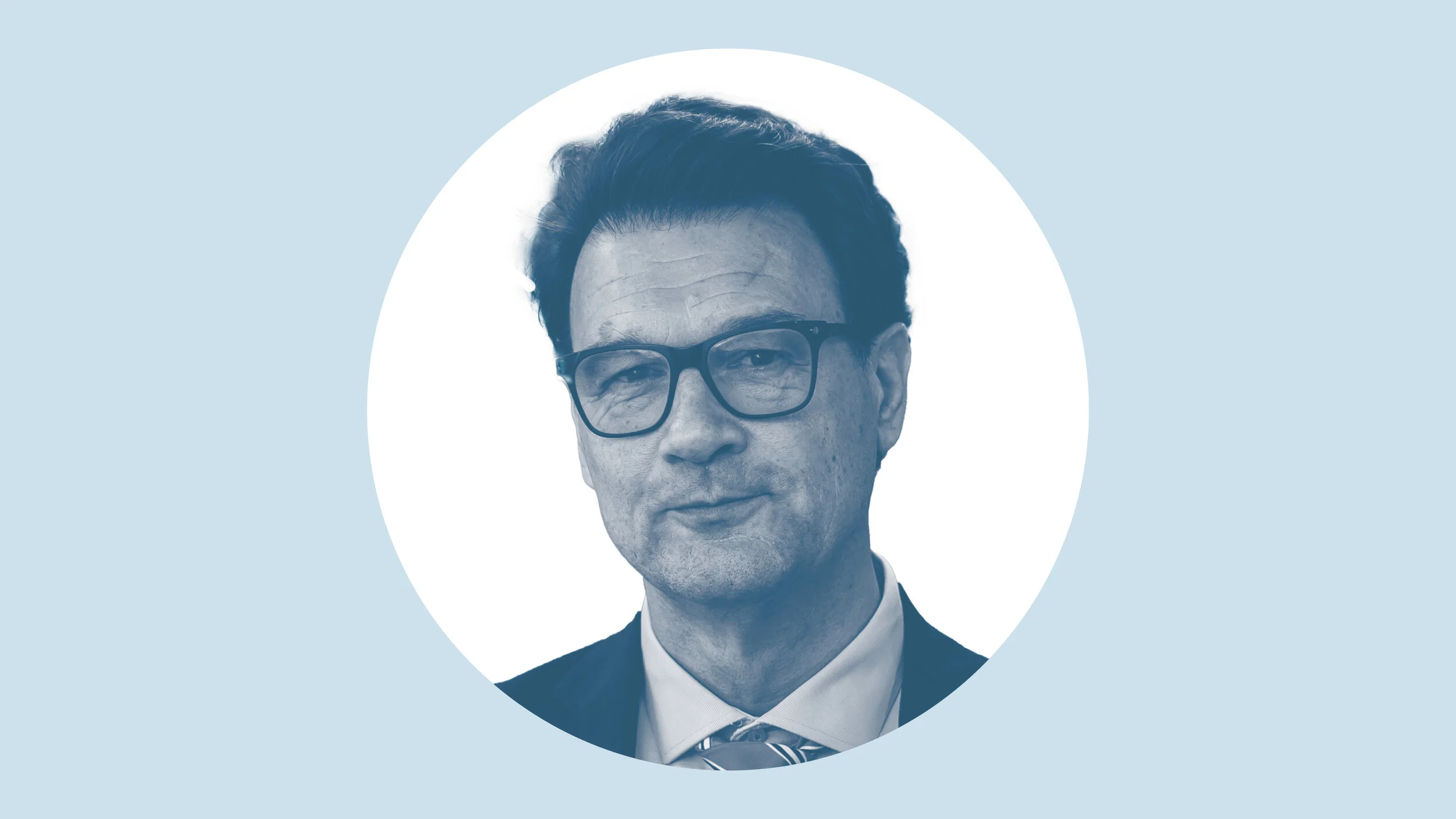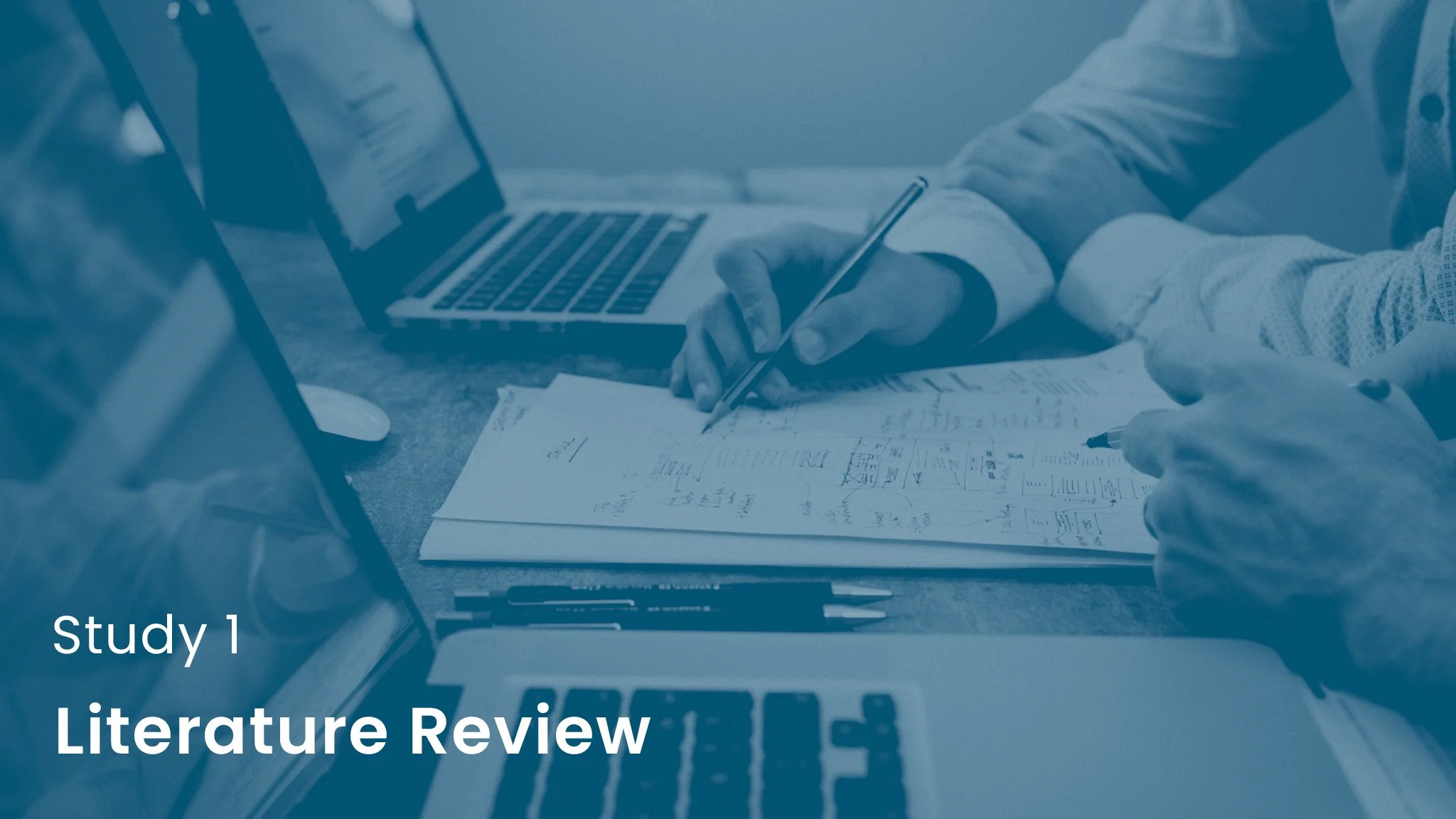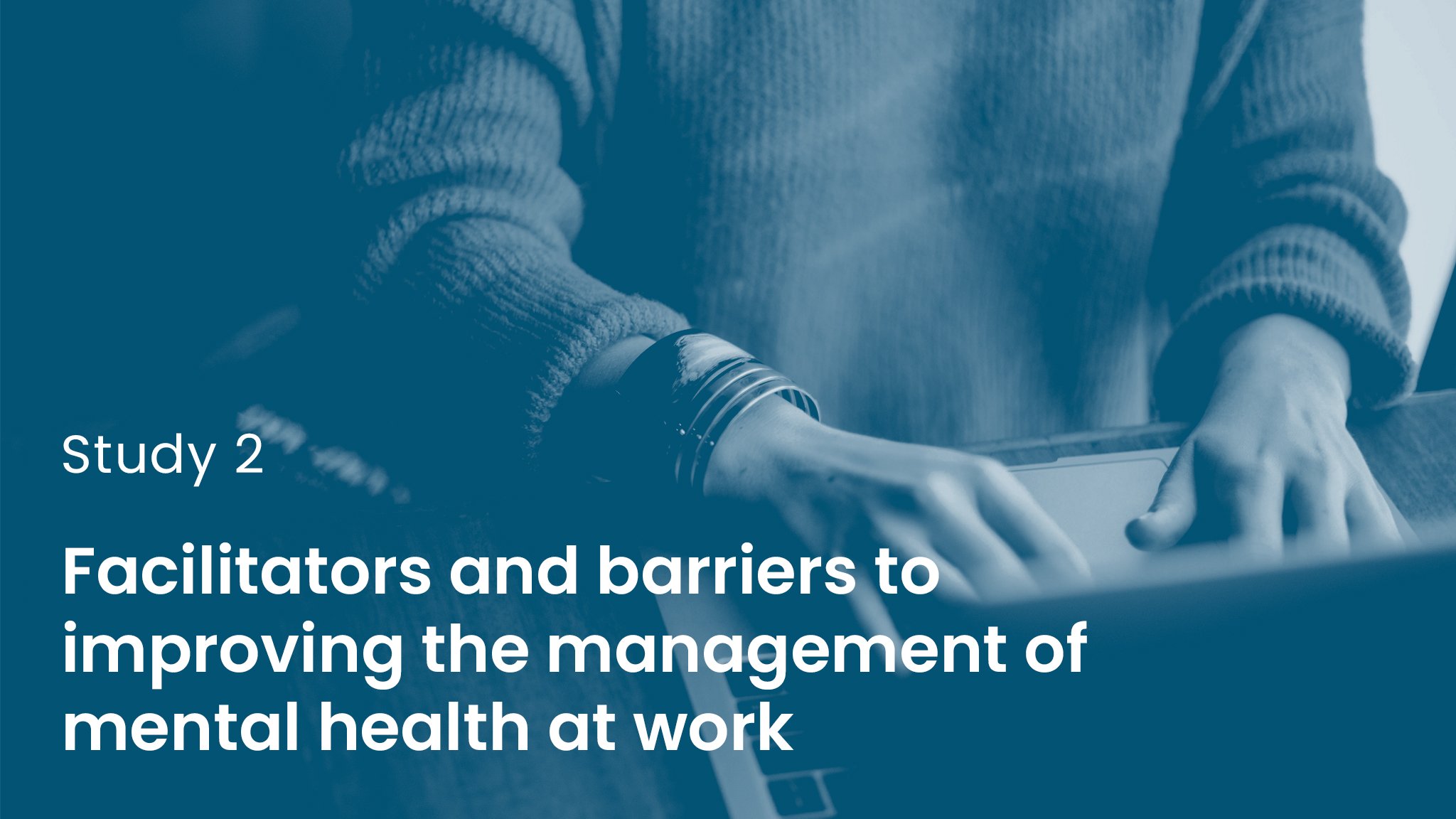
About the project
-
The mental health impacts of work have become a key issue in workplace health and safety (WHS) practice and research. This is consistent with growing community awareness of the impact of mental health issues on all aspects of life, and the understanding that work is a big part of people’s lives.
In Australia, “mental stress” accounts for 8% of workers compensation claims for serious injury (SafeWork Australia, 2021) - the fourth highest category of claims. Mental health claims have grown by 28% since 2000-01, and accounted for the highest median time lost (20.8 weeks) and the highest median costs among diseases in 2018-9 ($35,900) - an increase of 209% since 2000-01.*
Against this backdrop, several strategies have been developed to improve the design and management of work so that it does not impact on mental health, including the 2021 NSW Code of Practice on Managing Psychosocial Hazards at Work.
This project was developed as part of the NSW Mentally Healthy Workplaces Strategy, and is funded by SafeWork NSW. We have been working closely with the NSW Centre for WHS to co-design the project, which has three main stages:
Study 1. Examining the interventions used for improving mental health at work Read the summary here
Study 2. Examining the barriers and facilitators of improved actions on mental health at work Read the summary here
Study 3. Developing competencies in work re-design for improved mental health
Four industry classifications in NSW were the focus of our investigations: Professional, Scientific and Technical Services; Transport, Postal and Warehousing; Manufacturing; and Information, Media and Telecommunications.
In addition to industry summaries, reports and journal publications which advance our knowledge of workplace mental health interventions, the project will also deliver and evaluate a tool for developing competencies in work design for psychological health.
A big thank you to everyone who has contributed, and continues to contribute to developing this knowledge and resources at a time when businesses all over Australia are stretched and still experiencing staffing and operational challenges.
-
The conceptual framework of this project focuses on the WHS duties of PCBUs to remove hazards (sources of harm) which arise from work tasks, roles and environments under their control. Strategies which act on the coping mechanisms of workers can be useful and important (e.g. employee assistance programs, stress management, wellness programs; see Holman (2018); Ahola (2017); Stratton (2017)) and awareness of mental health conditions is important for everyone in all work and non-work contexts (Weston, 2019; Catley et al, 2017). These individual-focused strategies, however, do not reduce the sources of harm, and should be secondary in any organisation’s WHS duties to protect the psychological health of workers. Psychosocial hazards that arise from how work is organised, social factors at work, and aspects of the physical work environment should be managed through changing work design (Parker, 2015; Safe Work Australia, 2019; Tuckey et al., 2019; Bentley et al, 2019). What is actually involved in designing work to promote psychological health is unfamiliar to many WHS and HR practitioners as well as senior managers (Leka & Jain, 2016). A range of other barriers to improving psychological health at work are known: issues in terminology, resources, and enforcement (e.g. Leka & Jain, 2016; Ertel, 2010; Kunyk et al., 2016; Johnstone et al. 2011). Further, a range of roles in organisations are responsible for designing work, often without knowing that the implications of how they organise work tasks, roles and policies and processes can have impacts on health, safety and well-being.
The theory of change that underpins our program is the development of competencies relevant to psychosocial risks. Awareness of psychosocial risks, and skills in work design to reduce them creates a foundation on which any other intervention (based for example on consultation, or culture development), can be built. It is only with well-designed work that other strategies can be effective – so supporting the analysis and design of work should be the focus of projects aiming to improve mental health at work more broadly. Our project develops these competencies in participating organisations, and provides tools for other organisations to develop them in future.
*These compensation figures are sobering, however, they are fundamentally limited. Not everyone who is harmed at work applies for compensation, and not everyone is eligible for compensation.
The team
The project team comprised of a multidisciplinary group of researchers and practitioners, spanning expertise in organisational psychology, ergonomics and human factors, medicine, occupational rehabilitation and counselling, and business management.
Associate Professor Carlo Caponecchia,
University of New South Wales
For the transcript of Carlo’s audiogram, please click here.
Dr Beth Mayland,
Western Sydney University
For the transcript of Beth’s audiogram, please click here.
Dominic Manca,
JK Corporate Resourcing
For the transcript of Dominic’s audiogram, please click here.
Associate Professor Sharron O’Neill,
University of New South Wales
For the transcript of Sharron’s audiogram, please click here.
Associate Professor Ben
Farr-Wharton,
Edith Cowan University
For the transcript of Ben’s audiogram, please click here.
Dr Vanessa Huron,
University of New South Wales
For the transcript of Vanessa’s audiogram, please click here.
Dr Robyn Coman,
University of Wollongong
For the transcript of Robyn’s audiogram, please click here.
Dr Nicola Green,
Ergonomics, Work & Health Ltd
For the transcript of Nicola’s audiogram, please click here.
Professor Tim
Bentley,
Edith Cowan University
For the transcript of TIm’s audiogram, please click here.
Tatjana Jokic,
JK Corporate Resourcing
For the transcript of Tatjana’s audiogram, please click here.
Dr Vinod Gopaldasani,
University of Wollongong
For the transcript of Vinod’s audiogram, please click here.
Dr Leigh-ann Onnis,
Edith Cowan University
To access the transcript for Leigh-ann’s audiogram, please click here.

This project was funded by Safework NSW as part of the NSW Mentally Healthy Workplaces Strategy, and was facilitated by the NSW Centre for Work Health and Safety.
The project team was led by Associate Professor Carlo Caponecchia from UNSW with collaborators from UNSW, Edith Cowan University, Western Sydney University, The University of Wollongong, and JK Corporate Resourcing.
Project partners
Please click here to access the transcript for the Study 1 video above.
Please click here to access the transcript for the Study 2 video above.
-
Ahola, K., Toppinen-Tanner, S., & Seppänen, J. (2017). Interventions to alleviate burnout symptoms and to support return to work among employees with burnout: Systematic review and meta-analysis. Burnout Res, 4, 1-11.
Bentley, T., et al.. (2009). Understanding stress and bullying in New Zealand workplaces: Final report to OH&S steering committee, WorkSafe NZ. [Commissioned Report]
Bentley, T., et al. (2019). The New Zealand Workplace Barometer: A report on findings from the 2018 survey of the New Zealand Workplace Barometer. [Technical Report]
Blackwood, K. M., Bentley, T., Catley, B., & Edwards, M. (2017). Managing workplace bullying experiences in nursing: the impact of the work environment. Public Money and Management, 38(5), 349-356.
Bywood, P. & McMillan, P (2019). Cumulative response to trauma at work: Phase 2 Prevention and Intervention Strategies. Institute for Safety Compensation and Recovery Research. WorkSafe Victoria.
Caponecchia, C. Coman, R.L, Gopaldasani, V., Mayland, E.C, & Campbell, L. (2020). Musculoskeletal disorders in aged care workers: a systematic review of contributing factors and interventions. Int J Nurs Stud, 110.
Catley, B., Bentley, T.A., Anderson, D. & Tedesdt, R. (2017). An evaluation of the impact on organisational awareness and practice of a national level intervention for the prevention of workplace bullying. Journal of Health, Safety and Environment, 33(3), 267-289.
Ertel, M., et al., (2010). European social dialogue on psychosocial risks at work: Benefits and challenges. European Journal of Industrial Relations, 16(2), 169–183.
Eurofound (2018). Burnout in the workplace: A review of data and policy responses in the EU, Publications Office of the European Union, Luxembourg.
Holman, D., Johnson, S., & O'Connor, E. (2018). Stress management interventions: Improving subjective psychological well-being in the workplace. Handbook of well-being. Salt Lake City, UT: DEF Publishers.
Johnstone, R., Quinlan, M., & McNamara, M. (2011). OHS inspectors and psychosocial risk factors: Evidence from Australia. Safety Science, 49, 547-557.
Kunyk, D. et al (2016). Employers’ perceptions and attitudes toward the Canadian national standard on psychological health and safety in the workplace: A qualitative study. Int J Law & Psychiatry, 44, 41-47.
Lamontagne, A.D., et al., (2007). A Systematic Review of the Job-stress Intervention Evaluation Literature,1990–2005, Int J Occ Env Health, 13:3, 268-280,.
Leka, S., & Jain, A (2016). International Initiatives to Tackle Psychosocial Risks and Promote Mental Health in the Workplace: Is There a Good Balance in Policy and Practice? In A. Shimazu et al. (eds.), Psychosocial Factors at Work in the Asia Pacific. Switzerland: Springer, 23- 43.
Nielsen, K. and R. Randall, (2013). Opening the black box: Presenting a model for evaluating organizational-level interventions. Euro J Work & Org Psy,. 22(5): 601-617.
O’Neill, S. & Wolfe, K. (2014) Officers’ due diligence: Is work health and safety an accounting problem? J Health & Safety Research & Practice 6(1), 15-21.
Parker, S.K. (2015). Does the evidence and theory support the good work design principles? An educational resource. Canberra: Safe Work Australia.
Safework Australia (2019) Work-related psychological health and safety. A systematic guide to meeting your duties. Canberra: Safe Work Australia. https://www.safeworkaustralia.gov.au/doc/work-related-psychological-health-and-safety-systematic-approach-meeting-your-duties
Stratton, E.,et al. (2017). Effectiveness of eHealth interventions for reducing mental health conditions in employees: A systematic review and meta-analysis. PloS one, 12(12), e0189904.
Tuckey, M., Zadow, A., Li, Y., & Caponecchia, C. (2019). Prevention of workplace bullying through work and organisational design. In D’Cruz et al., eds. Workplace Bullying: Dignity and Inclusion at Work. Springer.
Weston, D., et al. (2019). Evaluating a pilot mental health awareness for managers’ training course. Occ Med, 69(4), 251-257.
World Health Organisation (2019). Mental health in the workplace. Information Sheet. Retrieved November 2, 2020 from https://www.who.int/mental_health/in_the_workplace/en/














